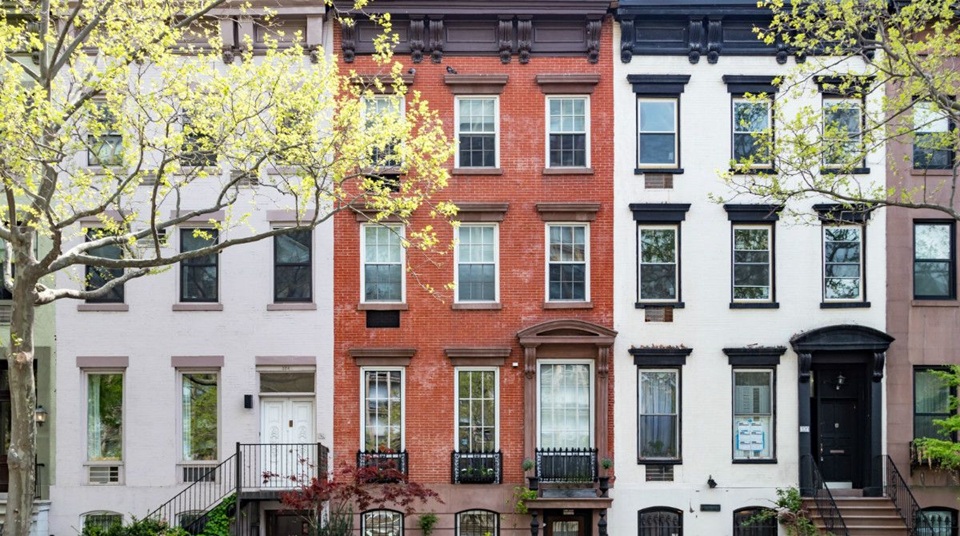When navigating the property market, buyers often encounter various housing types that share similarities yet differ in crucial aspects. Condominiums, cooperatives, and townhouses represent distinct ownership structures with unique financial implications, governance models, and lifestyle characteristics. Each option offers specific advantages and limitations that may align differently with your housing goals. Buyers researching these options often explore resources like rivermodern-condo.com.sg to gain deeper insights into these property types. Understanding these key differences helps ensure your housing choice matches your financial situation, lifestyle needs, and long-term objectives.
Ownership structure variations
- Condominiums provide a straightforward ownership model where you purchase your unit while sharing ownership of common areas through an association. This arrangement grants a deed to your specific space and an undivided interest in shared elements like lobbies, hallways, and amenities. The clarity of this ownership structure simplifies financing and resale processes.
- Cooperative housing involves purchasing shares in a corporation rather than buying a specific unit. Your share allocation grants you a proprietary lease to occupy a particular apartment. This unique arrangement means you technically own no real property, but instead hold stock in the governing corporation. This distinction creates significant differences in financing options and transfer rights.
- Townhouses typically offer fee-simple ownership of the dwelling and the land beneath it while sharing only certain structural elements with neighbours. This arrangement provides greater autonomy while offering some cost-sharing benefits for exterior maintenance. Many townhouse communities feature homeowners associations that maintain common areas and enforce community standards.
Financial considerations for buyers
Purchase requirements vary significantly across these housing types:
- Condominiums generally follow standard mortgage processes with conventional down payment requirements, though some lenders charge slightly higher interest rates or require additional insurance.
- Cooperatives often demand larger down payments (frequently 20-50%), impose strict debt-to-income ratios, and require substantial liquid assets post-closing. Their financial screening typically exceeds the rigours of standard mortgage applications.
- Townhouses follow financing patterns similar to single-family homes, with conventional mortgages and competitive interest rates reflecting their straightforward ownership structure.
Governance and control factors
Decision-making authority varies significantly among these housing options.
- Condominium boards make decisions about common areas and building policies, but have limited control over individual units and owner activities. This arrangement balances community standards with personal autonomy.
- Cooperative boards wield extraordinary power, including the ability to approve or reject potential buyers without explanation, enforce strict rules about renovations, subletting, and even visitor policies. This control helps maintain community standards but restricts owner freedoms considerably.
- Townhouse associations typically exercise the least control, focusing primarily on exterior appearance standards and common area maintenance. This limited oversight provides greater personal freedom regarding property use and modifications.
Lifestyle implications and privacy considerations
Living experiences differ substantially across these housing types.
- Condominiums typically offer apartment-style living with shared walls and amenities that foster community interaction. Building services often include doorkeepers, maintenance staff, and recreational facilities.
- Cooperatives provide similar physical arrangements but frequently feature more established communities with lower resident turnover and stronger social connections due to rigorous screening processes.
- Townhouses offer greater privacy with fewer shared walls, often including private outdoor spaces and multiple floors that create separation between living areas. This design provides a middle ground between single-family homes and apartment-style living.
Market availability in your target area may ultimately influence your selection, as certain regions favour particular housing types.











